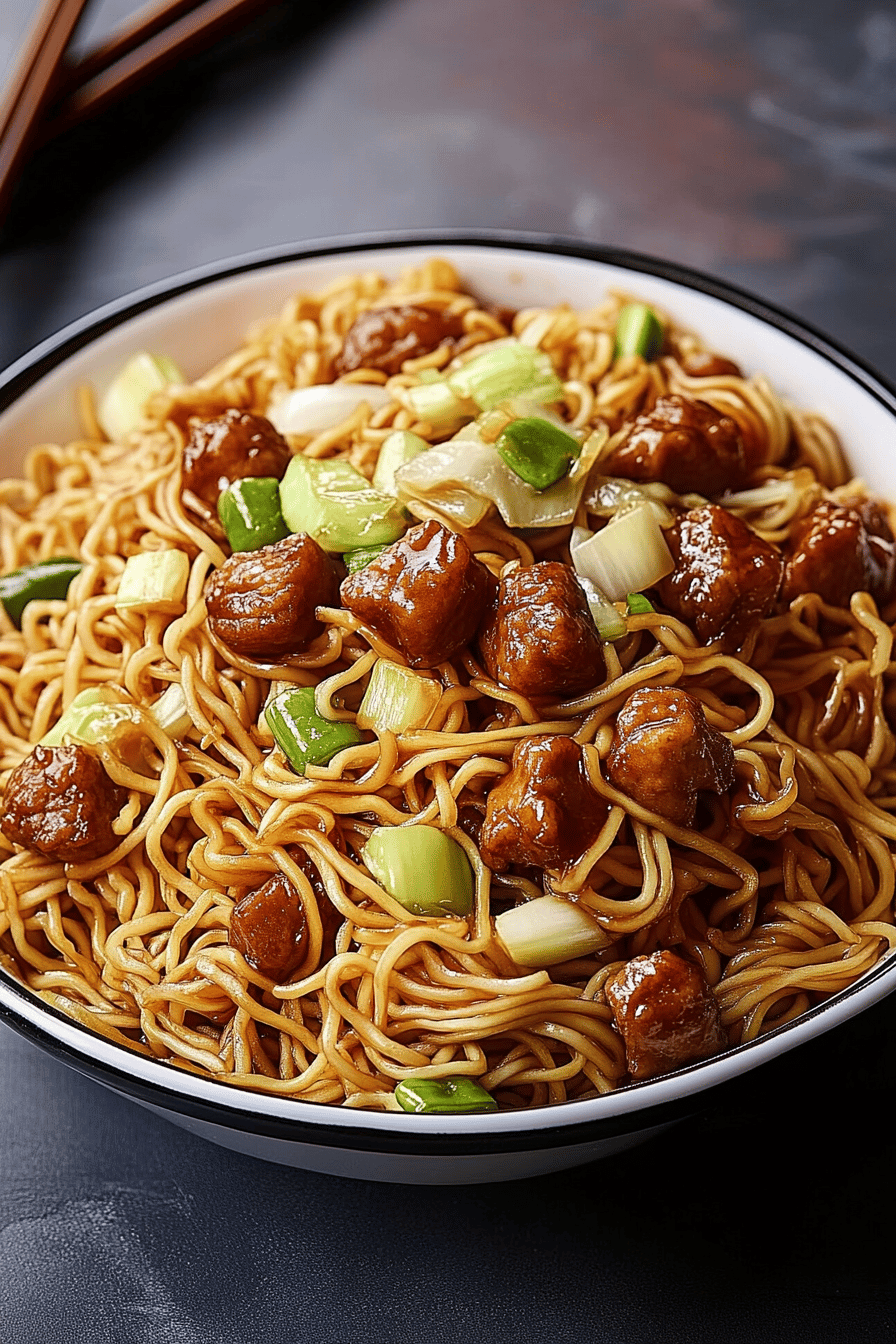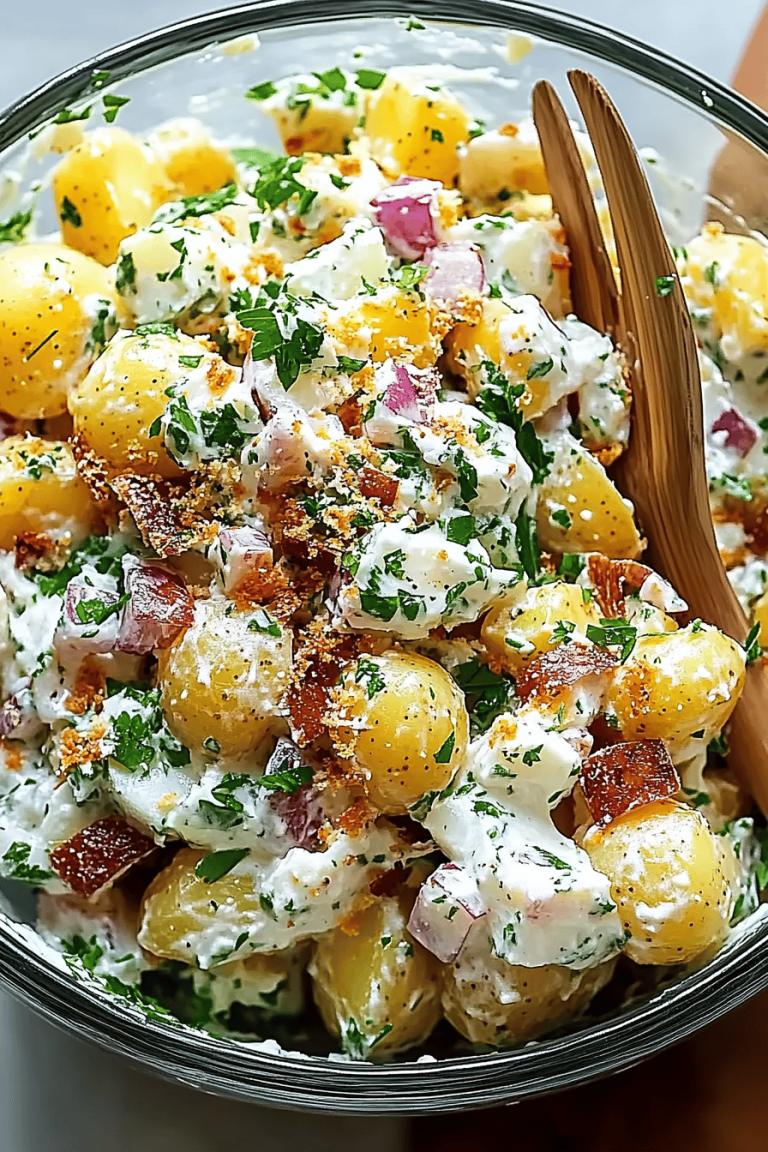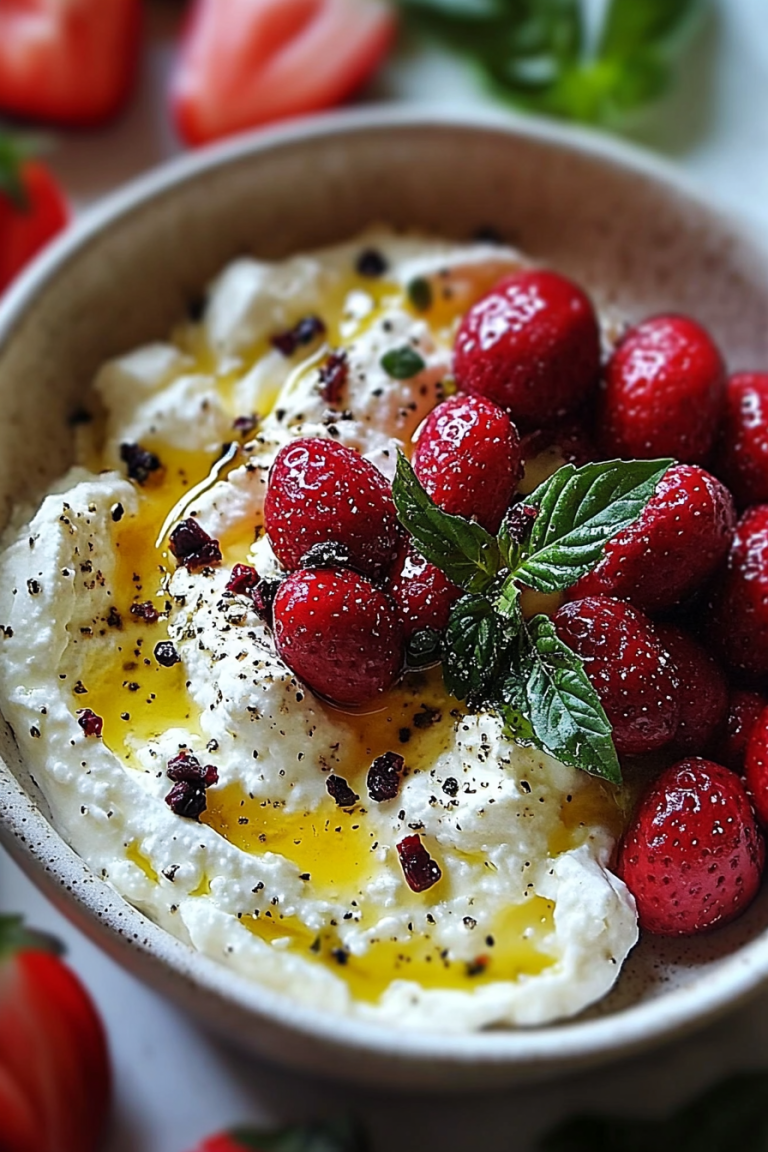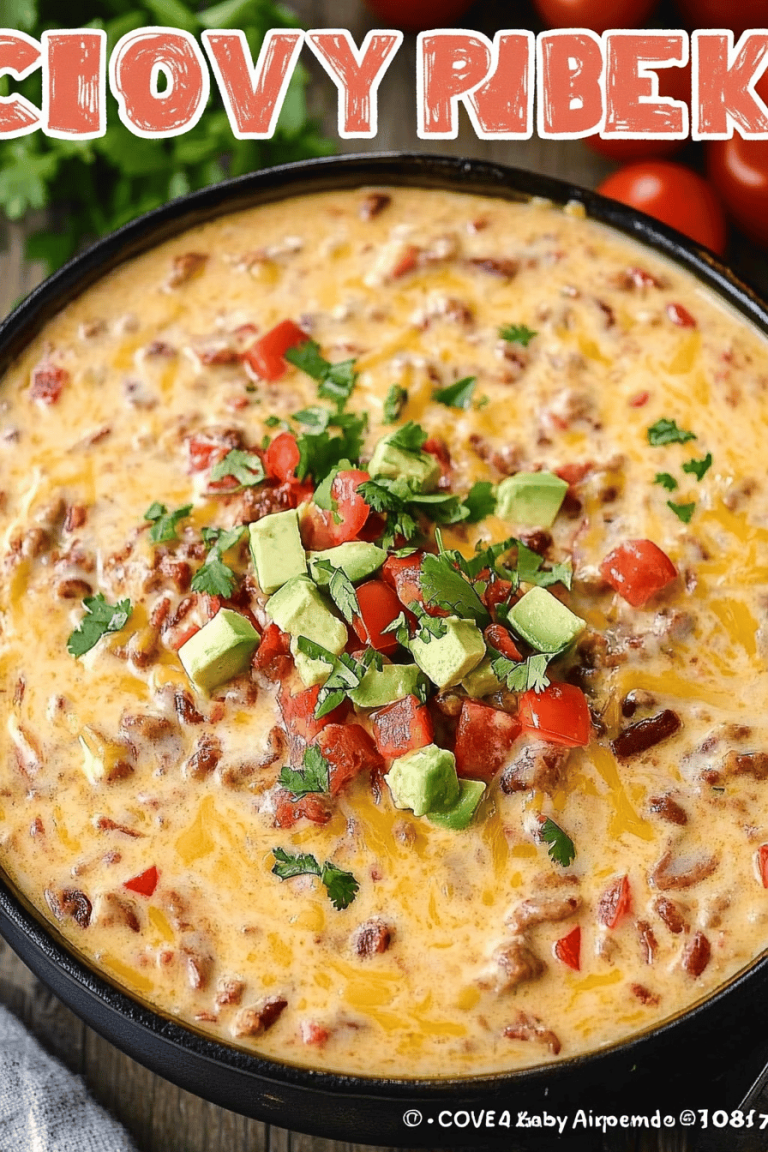Oh, this Panda Express chow mein recipe. It’s one of those things that instantly brings me back. I remember the first time I tried the real deal, probably at a bustling mall food court years ago. It was just… perfect. That slightly sweet, savory, umami-packed goodness with those perfectly tender noodles and crisp veggies. For the longest time, I thought achieving that flavor at home was some kind of culinary Everest. But then, after a *lot* of tinkering in my own kitchen, I finally cracked the code! This version is seriously close, and I’m not just saying that. It’s the Panda Express chow mein you know and love, but made with real ingredients and a whole lot of heart. It’s become my go-to when I’m craving that comfort food fix without wanting to leave the house, and my family devours it every single time.
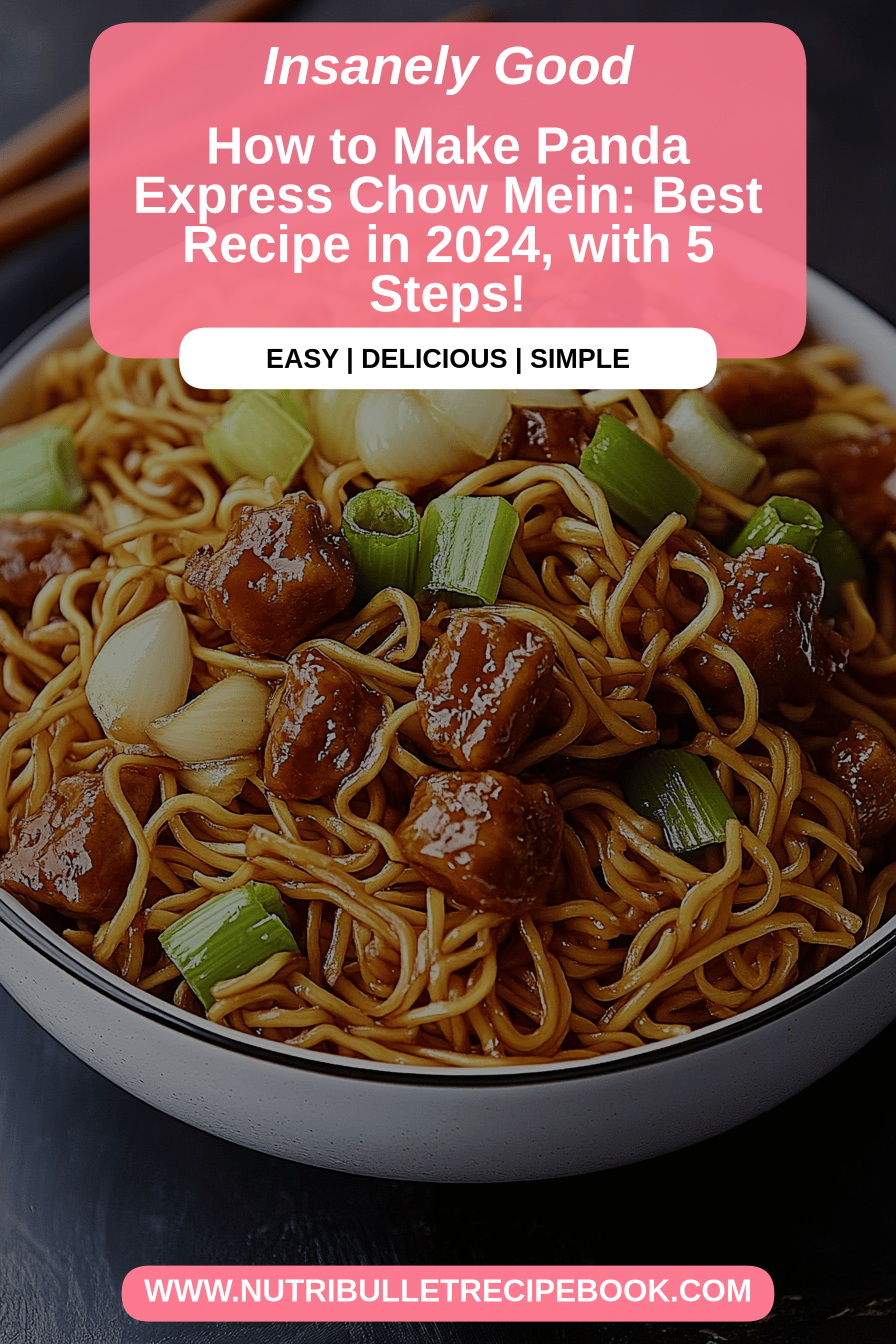
What is Panda Express Chow Mein?
So, what exactly *is* Panda Express chow mein? It’s essentially a Chinese-American stir-fried noodle dish that’s become incredibly popular thanks to the iconic fast-casual restaurant chain. Think of it as their signature take on a classic Asian noodle stir-fry, but with a flavor profile that’s uniquely theirs – slightly sweeter, richer, and with a very specific umami depth. It’s made with lo mein noodles, which are those wonderfully chewy, thick wheat noodles, stir-fried with a medley of crisp vegetables like celery, onions, and carrots, and often includes a bit of protein, though the veggies are the star for many. The magic really lies in the sauce that coats everything, giving it that unmistakable taste that’s both comforting and exciting. It’s not super spicy, but it’s got a robust flavor that makes you want to go back for another bite, and another!
Why you’ll love this recipe?
Okay, let me tell you why this Panda Express chow mein recipe is an absolute winner. First off, the FLAVOR is out of this world. It hits all those delicious notes: savory, a touch sweet, with that deep, satisfying umami from the soy sauce and oyster sauce. It’s the kind of taste that just makes you happy. And the NOODLES! Using the right kind of noodles (lo mein, remember!) makes all the difference. They get perfectly tender yet retain a lovely chew, soaking up all that incredible sauce. Then there’s the SIMPLICITY. Honestly, once you get the prep done, the actual stir-frying part is surprisingly quick. It’s a lifesaver on busy weeknights when you want something delicious and impressive without spending hours in the kitchen. Plus, it’s SO COST-EFFECTIVE! Buying all the ingredients is way cheaper than ordering takeout, and you get a much bigger portion, too. I also love its VERSATILITY. While this recipe nails the classic veggie version, you can totally add in some shredded chicken, shrimp, or even tofu if you want to make it a more substantial meal. It’s like a blank canvas for deliciousness. What I love most about this particular recipe is how it captures that authentic Panda Express magic without a million complicated steps or hard-to-find ingredients. It’s genuinely achievable for any home cook, and the taste is so spot-on, you’ll feel like you’ve got your own secret takeout shortcut.
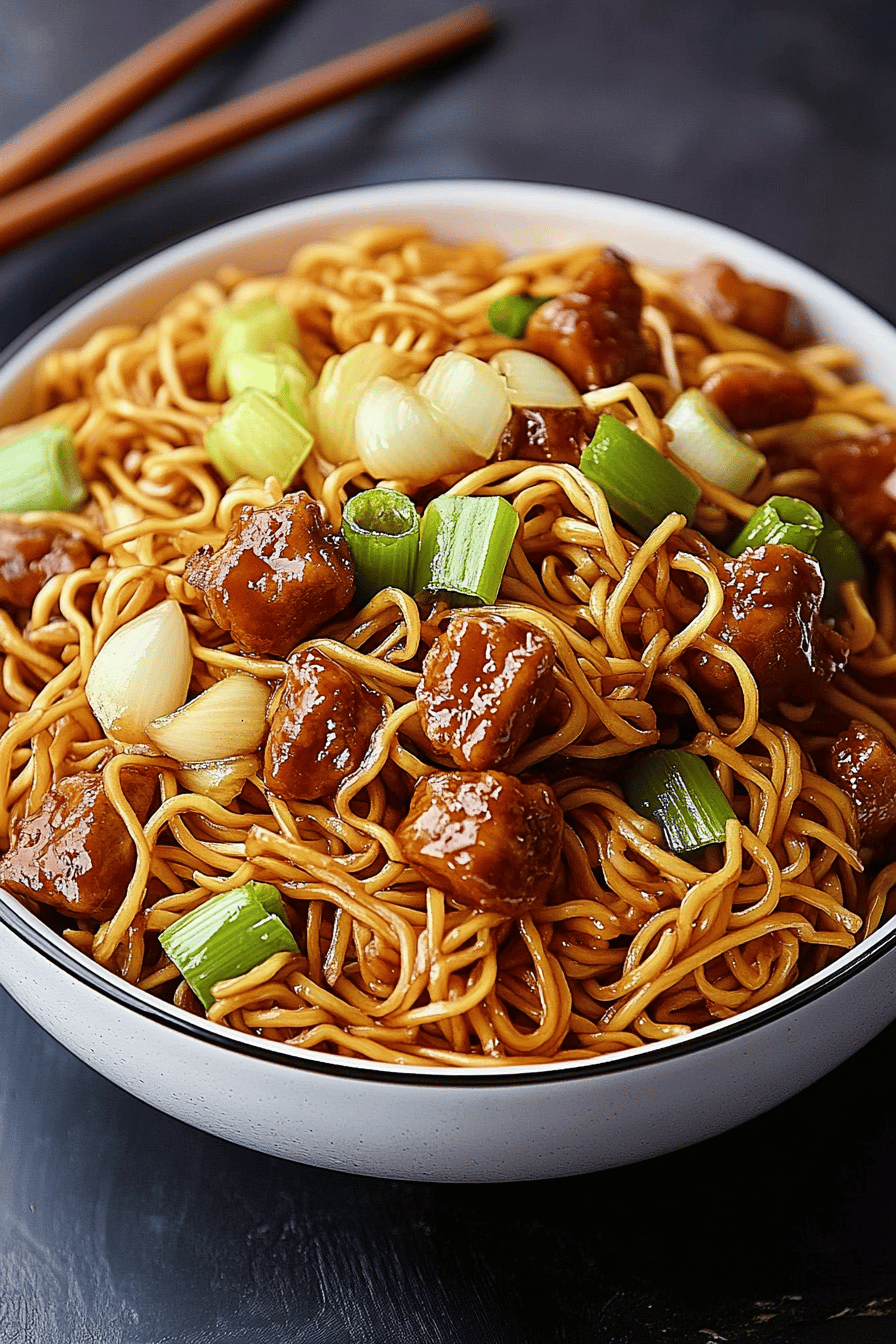
How do I make Panda Express Chow Mein?
Quick Overview
Making this amazing Panda Express chow mein is all about smart prep and quick cooking. We’ll start by getting our noodles ready, then whip up a killer sauce, and finally, stir-fry everything together in stages. The key is to have all your ingredients chopped and measured *before* you even think about turning on the stove. This ensures a smooth, efficient cooking process and prevents anything from burning. It’s a straightforward method that guarantees that craveable takeout taste right in your own kitchen. Trust me, it’s simpler than you think!
Ingredients
For the Noodles: What are some good recipes for noodles?
1 pound fresh or dried lo mein noodles (these are key for that chewy texture! If using dried, cook them according to package directions until al dente, then rinse with cold water and toss with a tiny bit of oil to prevent sticking. Fresh noodles are ideal if you can find them at an Asian market.)
For the Sauce:
1/4 cup soy sauce (use a good quality one for the best flavor)
2 tablespoons oyster sauce (this is non-negotiable for that deep umami)
1 tablespoon dark soy sauce (for color and a little extra depth)
1 tablespoon granulated sugar (or brown sugar for a slightly richer sweetness)
1 teaspoon sesame oil (toasted sesame oil is best for aroma)
1 teaspoon cornstarch (to help thicken the sauce slightly)
For the Stir-Fry:
2 tablespoons vegetable oil or other neutral cooking oil (divided)
1 medium yellow onion, thinly sliced
2-3 cloves garlic, minced
1 cup thinly sliced celery (about 2 ribs)
1 cup shredded carrots (you can buy pre-shredded or shred them yourself)
1/2 cup chopped green onions (white and light green parts for cooking, dark green for garnish)
Step-by-Step Instructions
Step 1: Preheat & Prep Pan
Get your largest wok or a deep, heavy-bottomed skillet screaming hot over medium-high heat. Add about 1 tablespoon of vegetable oil and swirl it around to coat the pan. You want it shimmering, but not smoking excessively. This initial high heat is crucial for getting that characteristic stir-fry sear and preventing sogginess. Have all your chopped veggies and whisked sauce right next to the stove, because once you start, it moves fast!
Step 2: Mix Dry Ingredients
In a small bowl, whisk together the soy sauce, oyster sauce, dark soy sauce, sugar, and sesame oil. Once they’re well combined, sprinkle the cornstarch over the top. Whisk vigorously again until the cornstarch is fully incorporated and there are no lumps. This is your flavor bomb, so make sure it’s smooth! This step ensures the sauce will thicken beautifully and coat every strand of noodle and piece of vegetable.
Step 3: Mix Wet Ingredients
Actually, this dish doesn’t really have “wet ingredients” to mix separately in the traditional sense, as we’re focusing on combining our sauce and stir-frying. The “wet” part comes from the sauce we just prepared and the oil in the pan. Just make sure your noodles are ready to go and not clumped together. If you’re using fresh noodles, they might need a quick rinse and toss with a tiny bit of oil. For dried noodles, ensure they’re cooked al dente and drained well.
Step 4: Combine
This step is actually done in the wok! Once your pan is hot and oiled, add your prepared noodles. Stir-fry them for about 1-2 minutes, just to heat them through and get a little color. Then, pour the prepared sauce mixture over the noodles. Toss everything *really* well, ensuring every noodle strand is coated in that glorious sauce. The sauce will start to thicken almost immediately. Cook for another 2-3 minutes, tossing frequently, until the noodles are perfectly coated and have that glossy sheen.
Step 5: Prepare Filling
While the noodles are cooking or right before you start, make sure your vegetables are prepped. Thinly sliced onions, minced garlic, chopped celery, and shredded carrots are what we’re aiming for. If you’re adding protein, make sure it’s also cut into bite-sized pieces and ready to go. The goal here is speed – you don’t want your veggies to get mushy. We want them tender-crisp.
Step 6: Layer & Swirl
This isn’t a layered cake, but the stir-frying process is similar to how you’d layer flavors. Push the sauced noodles to one side of the wok or pan. Add the remaining 1 tablespoon of vegetable oil to the empty side. Add the sliced onions and celery, stir-frying for about 1-2 minutes until they start to soften slightly. Then, add the minced garlic and shredded carrots, stir-frying for another minute until fragrant and the carrots are slightly tender but still have a bite. Finally, toss everything together – the noodles, the veggies, and the garlic. Add the white and light green parts of your chopped green onions and give it one final, vigorous toss to combine everything beautifully.
Step 7: Bake
There’s no baking involved in this stir-fry recipe! It’s all done on the stovetop. The goal is quick, high-heat cooking to achieve that signature wok-kissed flavor and texture. So, no oven preheating needed here. Just keep those burners hot and your stir-frying tools ready!
Step 8: Cool & Glaze
Again, no cooling or glazing in the traditional sense for this recipe as it’s a stir-fry. The “glaze” is the sauce that coats everything as we toss it in the wok. The goal is to serve it immediately while it’s hot and the noodles are perfectly textured. Letting it sit too long can make the noodles a bit mushy, and we definitely don’t want that. So, get it from the wok straight to the plate!
Step 9: Slice & Serve
Once everything is perfectly tossed and coated, scoop the chow mein directly from the wok onto serving plates or into a large serving bowl. Garnish generously with the dark green parts of the chopped green onions. Serve immediately while it’s piping hot for the best texture and flavor. It’s truly best enjoyed right away, just like you’d get it from the restaurant.
What to Serve It With
This Panda Express chow mein is a star on its own, but it also plays really well with others! For a classic takeout vibe, you absolutely can’t go wrong serving it alongside some crispy Kung Pao Chicken or some perfectly cooked Orange Chicken. If you’re feeling a bit healthier, a side of steamed or stir-fried broccoli with a drizzle of soy sauce is fantastic. For a lighter meal, I love pairing it with some delicate Shrimp Spring Rolls. My kids also go crazy for it when we have it with some simple chicken Egg Rolls. Honestly, the versatility is amazing. I’ve even made a smaller portion of this chow mein to serve as a side dish for a larger family gathering, and it disappears in minutes!
Top Tips for Perfecting Your Panda Express Chow Mein
Over the years, I’ve picked up a few tricks that really make this Panda Express chow mein recipe shine. First, the noodles are everything! If you can find fresh lo mein noodles at an Asian grocery store, grab them. They have the best chew. If you’re using dried, cook them until just shy of al dente, because they’ll continue to cook in the wok. Rinsing them with cold water after draining stops the cooking and tossing them with a tiny bit of oil prevents them from clumping into a sad, starchy brick. For the veggies, the key is to cut them all to a similar size and thickness. This ensures they cook evenly. I usually slice my onions thinly, julienne my carrots, and chop my celery into nice bite-sized pieces. And remember, high heat is your friend! Don’t overcrowd the pan, or you’ll end up steaming your ingredients instead of stir-frying them. If you have a very large batch, it’s better to cook it in two separate batches. My biggest mistake early on was not having everything prepped and ready to go. Stir-frying is fast, so being organized is non-negotiable. Another little tip: don’t skimp on the oyster sauce! That’s where a lot of the authentic flavor comes from. You can adjust the sugar if you prefer it less sweet, but a touch of sweetness is what balances out the savory soy and oyster sauces beautifully. I’ve tried a few different brands of soy sauce and oyster sauce, and I’ve found that using good quality ones really does make a difference in the depth of flavor. For the cornstarch, make sure it’s fully dissolved in the sauce before you add it to the wok, otherwise, you’ll get little pockets of raw cornstarch, and nobody wants that!
Storing and Reheating Tips
This Panda Express chow mein is honestly best eaten fresh, but it does store pretty well, and you can definitely reheat it successfully! If you have any leftovers, let them cool down slightly before transferring them to an airtight container. You can keep it in the refrigerator for up to 2-3 days. When it’s time to reheat, I find the best method is on the stovetop. Add a splash of water or a tiny bit of oil to a skillet, warm it over medium heat, and then add the chow mein. Stir-fry it gently until it’s heated through. This helps revive the texture of the noodles and prevents them from becoming mushy like they can in the microwave. If you absolutely have to use the microwave, heat it in short bursts, stirring in between, to avoid overheating and drying it out. I’ve never tried freezing this recipe because the noodles can get a bit soft after thawing, but if you wanted to give it a shot, make sure it’s wrapped very well in plastic wrap and then foil, and store it in the freezer for up to a month. Thaw it overnight in the fridge before reheating on the stovetop.
Frequently Asked Questions
Final Thoughts
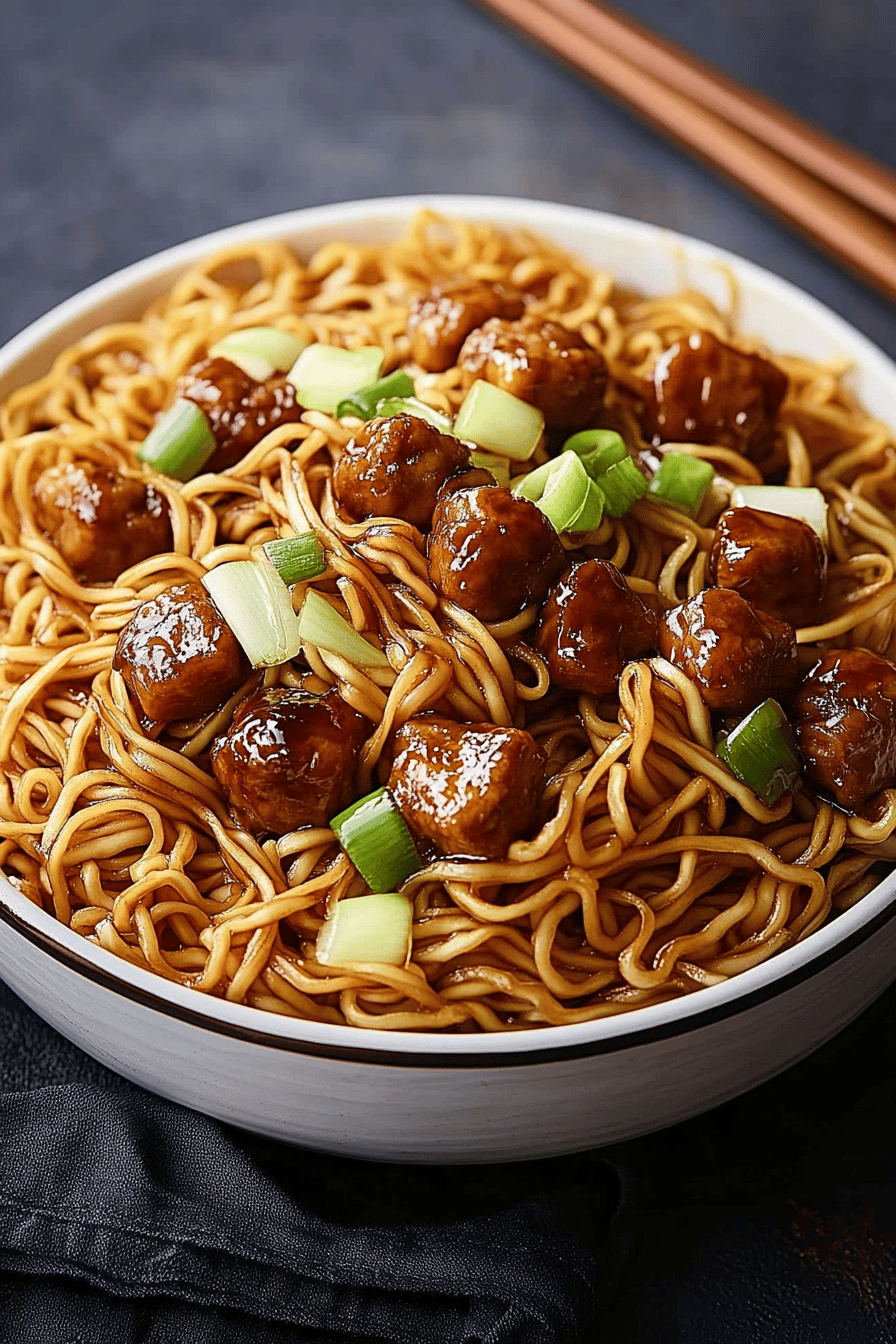
So there you have it – my tried-and-true method for making the most incredible Panda Express chow mein right in your own kitchen. It’s a recipe that always brings a smile to my face, and I just know it will become a favorite in your house too. It’s proof that you don’t need to be a master chef or have a fancy restaurant kitchen to recreate those beloved takeout flavors. The combination of chewy noodles, crisp veggies, and that perfectly balanced savory-sweet sauce is just pure comfort food gold. If you love this recipe, you might also want to check out my other Asian-inspired dishes, like my Speedy Garlic Noodles or my Crispy Honey Chicken. I can’t wait to hear how yours turns out! Please leave a comment below and let me know your thoughts, or if you’ve tried any fun variations. Happy cooking!
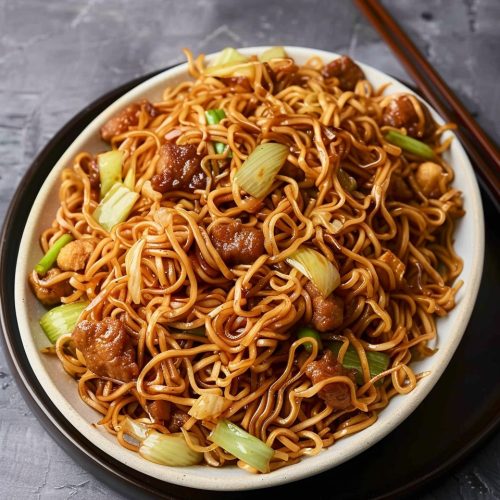
Panda Express Chow Mein
Ingredients
Chicken and Marinade
- 0.5 lb Boneless, skinless chicken thighs cut into bite-sized pieces
- 1 tablespoon Soy sauce
- 0.5 tablespoon Sesame oil
- 0.5 teaspoon Cornstarch
Chow Mein Noodles
- 8 oz Chow mein noodles or lo mein noodles cooked according to package directions
Vegetables
- 1 cup Celery sliced
- 1 cup Carrots julienned
- 1 cup Onion thinly sliced
- 1 cup Cabbage shredded
- 0.5 cup Bean sprouts
Sauce
- 3 tablespoons Soy sauce
- 2 tablespoons Oyster sauce
- 1 tablespoon Sesame oil
- 1 teaspoon Sugar
- 0.5 teaspoon White pepper
- 0.25 cup Chicken broth
For Cooking
- 2 tablespoons Vegetable oil
Instructions
Preparation Steps
- In a medium bowl, combine the chicken pieces with soy sauce, sesame oil, and cornstarch. Toss to coat evenly. Let it marinate for at least 10 minutes.
- Cook the chow mein noodles according to package directions. Drain and set aside.
- In a small bowl, whisk together the sauce ingredients: soy sauce, oyster sauce, sesame oil, sugar, white pepper, and chicken broth. Set aside.
- Heat 1 tablespoon of vegetable oil in a large skillet or wok over medium-high heat. Add the marinated chicken and stir-fry until browned and cooked through. Remove the chicken from the skillet and set aside.
- Add the remaining 1 tablespoon of vegetable oil to the skillet. Add the celery, carrots, and onion. Stir-fry for 2-3 minutes until slightly tender-crisp.
- Add the shredded cabbage and bean sprouts to the skillet. Stir-fry for another 1-2 minutes until the cabbage is slightly wilted.
- Return the cooked chicken to the skillet. Add the cooked noodles and pour the prepared sauce over everything. Toss well to combine and coat the noodles and vegetables evenly with the sauce. Cook for another 2-3 minutes until everything is heated through and the sauce has thickened slightly.
- Serve hot and enjoy your homemade Panda Express Chow Mein!

